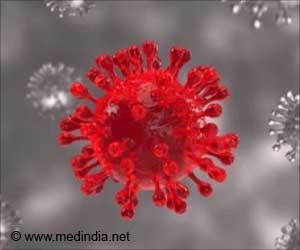“That meant that the unusual activity was either an artefact, which was unlikely, or that it was coming from a non-visual source. After the possibility of interference was investigated and dismissed, I was sure: the neurons were faithfully tracking the animal’s steps,” says Eugenia Chiappe, a neuroscientist at the Champalimaud Foundation.
The Visuo-Motor Circuit
The bi-directional neural network connecting the legs and the visual system to shape walking (of the fly) operated simultaneously on two different timescales a fast timescale to monitor and correct each step and other promoting the animal’s behavioral goal.
The team also tracked the neurons’ charge or “mood” (which can be either positive or negative) along with the neurons’ participation in the movement using a powerful technique called whole-cell patch recording.
“When the foot (of the fly) was up in the air, the neuron was more positive, ready to send out adjustment directions to the motor region if needed. On the other hand, when the foot was on the ground, making adjustments impossible, the charge was more negative, effectively inhibiting the neuron”, said Chiappe.
The study thereby proves that although vision and action (movements) may seem unrelated, they are rather strongly associated than earlier thought, thereby setting a model to speculate similar mechanisms in other organisms.
Source: Medindia



